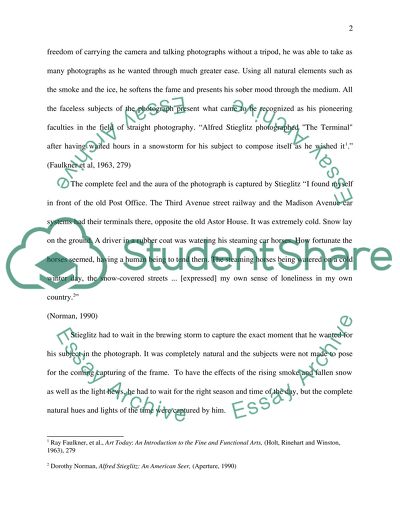Cite this document
(“Comparison of Stieglitz and Jacob Riis photography style Essay”, n.d.)
Retrieved de https://studentshare.org/visual-arts-film-studies/1549613-comparison-of-stieglitz-and-jacob-riis-photography-style
Retrieved de https://studentshare.org/visual-arts-film-studies/1549613-comparison-of-stieglitz-and-jacob-riis-photography-style
(Comparison of Stieglitz and Jacob Riis Photography Style Essay)
https://studentshare.org/visual-arts-film-studies/1549613-comparison-of-stieglitz-and-jacob-riis-photography-style.
https://studentshare.org/visual-arts-film-studies/1549613-comparison-of-stieglitz-and-jacob-riis-photography-style.
“Comparison of Stieglitz and Jacob Riis Photography Style Essay”, n.d. https://studentshare.org/visual-arts-film-studies/1549613-comparison-of-stieglitz-and-jacob-riis-photography-style.


